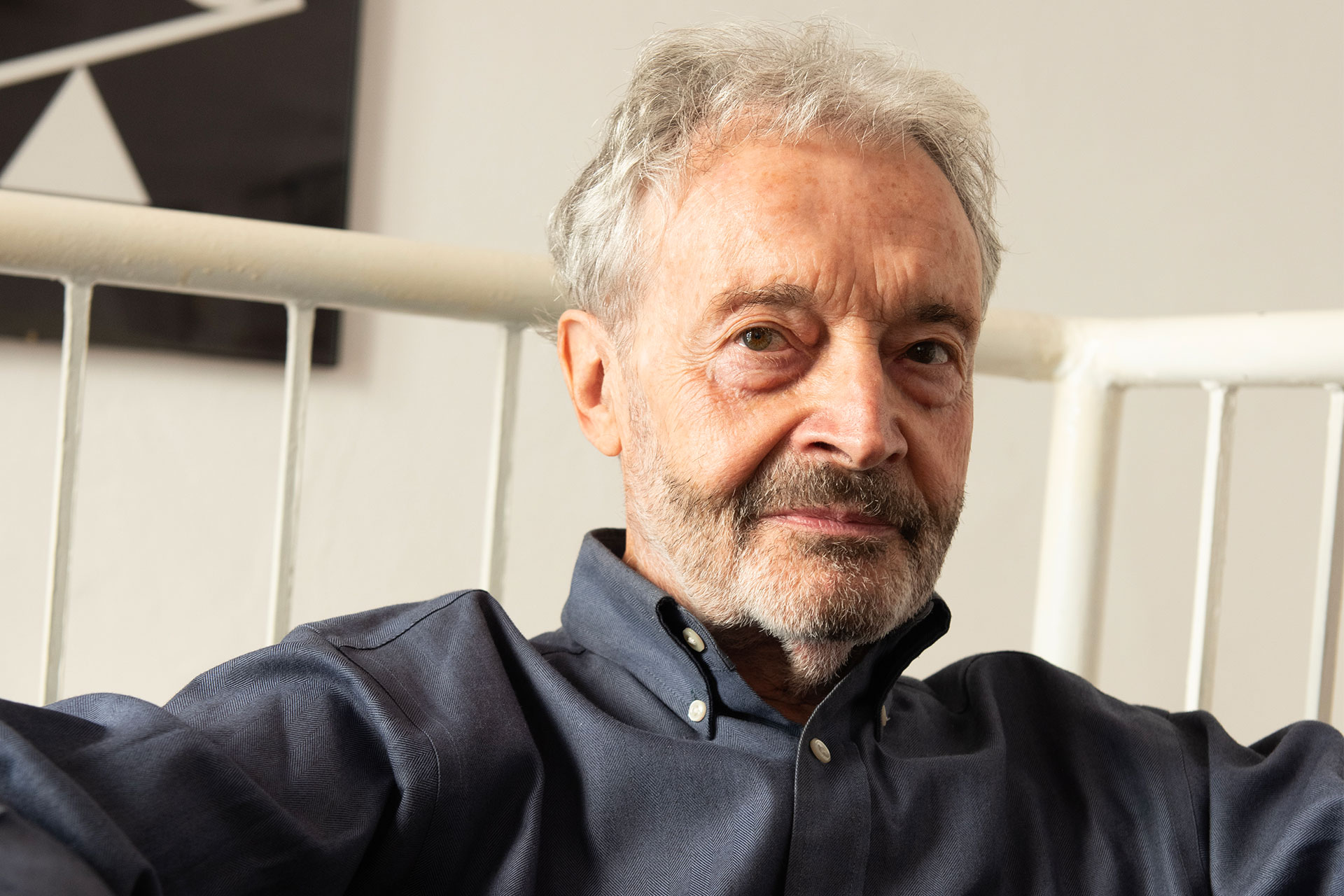Interview with Armando Milani and Atelier Tapis Rouge

“RATZ, revenge at twilight zone” by Steven Thoelen
September 3, 2024
Collaborative Promotional Video of Yu’EBao x EDG x Razer
September 3, 2024Armando Milani
Armando Milani, a designer known for his work on corporate identities for established brands, now focuses on creating posters for the "EcoHumanity" collection. These posters address some of humanity's most pressing issues. Currently, Milani divides his time between Milan and Provence, where he also hosts design workshops at his Moulin des Trois Arcs.
In the 1960s, I studied design at the Scuola Umanitaria in Milan with Albe Steiner. I then collaborated with the studios of Giulio Confalonieri and Antonio Boggeri. In the 1970s, I opened my own studio in Milan, and in the 1980s, I crossed the ocean for a two-year collaboration in New York with Massimo Vignelli, where I later opened my own studio.
I lived in New York for about 20 years; during that time, the city was full of exhibitions, art, and parties. I met many renowned individuals, including creative people, artists, musicians, and celebrities. Today, I work between Milan and Provence, where I sometimes organize design workshops at my Moulin des Trois Arcs.
Until 2000, I designed hundreds of logos and corporate identities, books, packaging, and signage systems for many significant brands, and I’m proud of my work. Then, one day, I was invited to Beijing with three other international graphic designers to serve as a jury for the Red Cross Manifesto on Peace. We spent a week discussing and deciding the top three positions out of 500 posters. On the flight home, I wondered: What would I create if I had to enter this contest?
I designed a peace poster that became iconic in 2002 after the United Nations chose it and spread it worldwide. Since then, I have devoted myself to designing humanitarian and ecological posters, a series I named "EcoHumanity."
I usually start by sketching my ideas, especially those that come to me at night. I find that I am more creative at night. I would wake up, grab my notebook, and jot down the main concepts with small drawings. I often created images using paper maquettes and then photographed them. In the 60s, 70s, and 80s, this was the creative process for presenting a project, and I still use it today.
Although my younger collaborators now transfer my images to software, the process remains the same. My images are visual metaphors that can be read instantly and often require no words.
The four rugs in the Inganni Spaziali collection by Tapis Rouge—Emozioni, Connessioni, Illusioni, and Grovigli—are large-scale transpositions of analog works from the 1970s originally named "Nirvanil," "Grofac," and the covers made for "L'Ufficio Moderno" and "Società." In particular, Illusioni, the Silver Winner rug of this year's Muse Award, was an image created for the cover of a well-known advertising magazine in 1970s Italy.
During that period, I was also working extensively for pharmaceutical companies. My favorite work from those years was the brochure for Nirvanil, Midy's drug for emotional instability. The image consisted of four or five strips of paper folded to create waves, then photographed. I was always focused on three-dimensional images, enjoying the illusion of three dimensions in a two-dimensional space, optical illusions, and visual trickery. Something small, when reproduced in an image, can completely lose its dimensions, edges, and boundaries. Enlarging these works into large carpets created a continuum with my original philosophy.
Armando Milani
Armando Milani, a designer known for his work on corporate identities for established brands, now focuses on creating posters for the "EcoHumanity" collection. These posters address some of humanity's most pressing issues. Currently, Milani divides his time between Milan and Provence, where he also hosts design workshops at his Moulin des Trois Arcs.
Read more about this interview with Jung-Mei Wou for Alchemy Garden, the Gold Winner of the 2024 MUSE Design Awards.


